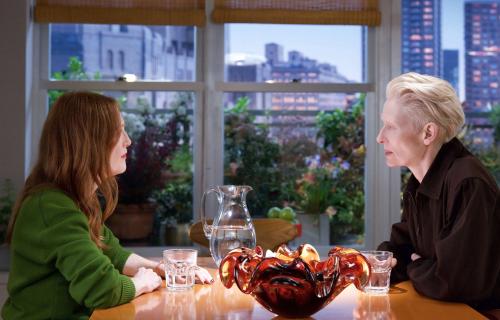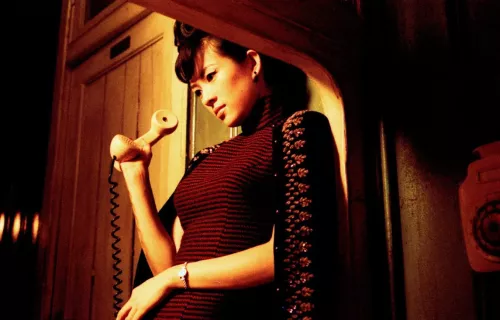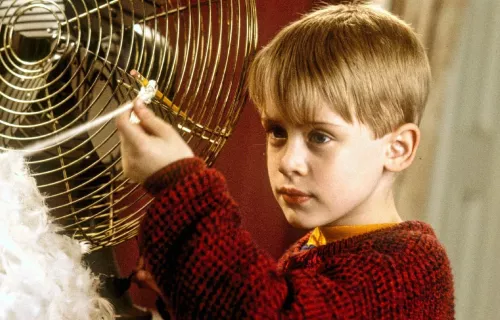english below
Weinig films illustreren het idee van ‘transitie’ zo treffend als CLÉO DE 5 À 7. Agnès Varda’s doorbraakfilm brengt in real-time het verhaal van de jonge zangeres Cléo in beeld, die in spanning het resultaat afwacht van een medisch onderzoek dat moet uitwijzen of ze al dan niet ernstig ziek is.
Criticus Roger Ebert noemde Varda, net zoals velen, “the godmother of the French New Wave”, maar hij stapte daar later van af:
“Varda is its very soul, and only the fact that she is a woman, I fear, prevented her from being routinely included with Godard, Truffaut, Resnais, Chabrol, Rivette, Rohmer and for that matter her husband Jacques Demy. The passage of time has been kinder to her films than some of theirs, and Cléo from 5 to 7 plays today as startlingly modern.”
Naast een treffende en bovendien beeldschone Corinne Marchand in de hoofdrol, passeren ook Jean-Luc Godard, Anna Karina en filmcomponist Michel Legrand kort de revue. De film ging destijds in Cannes in première. Toen Varda overleed in 2019 opende het festival met een pakkende opvoering van het nummer “Sans toi”, dat centraal staat in de film, als eerbetoon aan de cineaste.
Er is nooit genoeg Agnès Varda, daarom ook op ons programma: haar langspeeldebuut LA POINTE COURTE.
ENG
The film is in French with Dutch subtitles
Not many films illustrate the concept of 'transition' as well as CLÉO DE 5 À 7. Agnès Varda's breakthrough film tells in real time the story of the young singer Cléo, who anxiously waits for the results of a medical research that will tell her if she's terminally ill.
Critic Roger Ebert called Varda, as so many, “the godmother of the French New Wave”, but later he abandoned that statement:
“Varda is its very soul, and only the fact that she is a woman, I fear, prevented her from being routinely included with Godard, Truffaut, Resnais, Chabrol, Rivette, Rohmer and for that matter her husband Jacques Demy. The passage of time has been kinder to her films than some of theirs, and Cléo from 5 to 7 plays today as startlingly modern.”
Besides a striking and above all beautiful Corinne Marchand in the main role, also Jean-Luc Godard, Anna Karina and film composer Michel Legrand pass by. The film premiered at Cannes in the time. When Varda died in 2019, the festival opened with a catchy performance of “Sans toi”, a key song in the film, as a tribute to the filmmaker.
There's never enough Agnès Varda, so also on our programme: her feature film debut LA POINTE COURTE.



